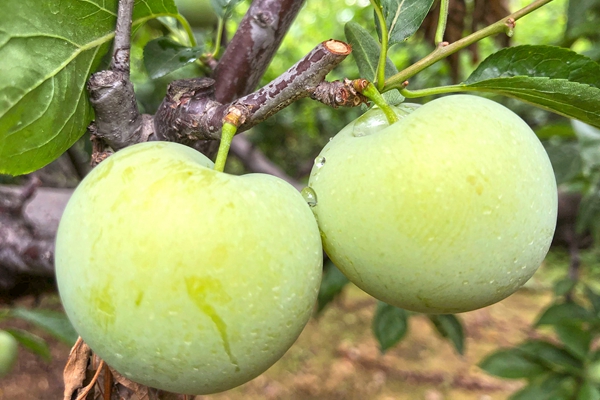Jiaying Guild Hall
Updated: 2012-03-30
The Jiaying Guild Hall, at No 22 Zaoshi St, in Suzhou, was listed as a cultural relic under municipal protection in 1982.
Work on the hall began in the 14th year of the Jiaqing emperor, in the Qing Dynasty (1809) and was completed four years later, the cost having been covered by merchants from five counties -- Chengxiang, Xingning, Pingyuan, Changle, and Zhenping -- under Jiaying prefect jurisdiction (today’s city of Meizhou), Guangdong province The hall was both a place to hold business discussions and provide lodging, and a place for philanthropic activities, such as clinical and funeral services. At festival time, merchants would gather in the hall to celebrate and watch opera performances, pay tribute to deities, hold dinner parties, and increase friendships.
The hall was rebuilt in 1847 and 1904, during the Qing Dynasty. It sits near the Xujiang River, across Zaoshi St. Stone stairs led up to the hall from a wharf along a series of walls, behind which lay the warehouses for the movement of local products. Its main gate faces south, with the words Jiaying Guild Hall at the top. There used to be two stone lions alongside the gate.
The hall has a sense of proportion to it, with the front gate, a theatrical stage, and a main hall. The front gate is five-rooms wide. There is an upper storey serving as the backstage of the theatre, while the front of the stage stretches northward and has a roof. The main hall faces south, across the courtyard from the stage. It is 15 meters wide and 15 meters deep. The eaves to the front are decorated with tiles above the 12 French-style windows. To the north of the main hall there are three rooms with tiled arches. To the east of the main hall there is a lane with 18 steles in its walls recording the history of the hall and the names of donors who paid for it. To the east of the lane there are offices and residential quarters for the hall.
Tel:0510-81178873
E-mail:haiyulu@163.com


